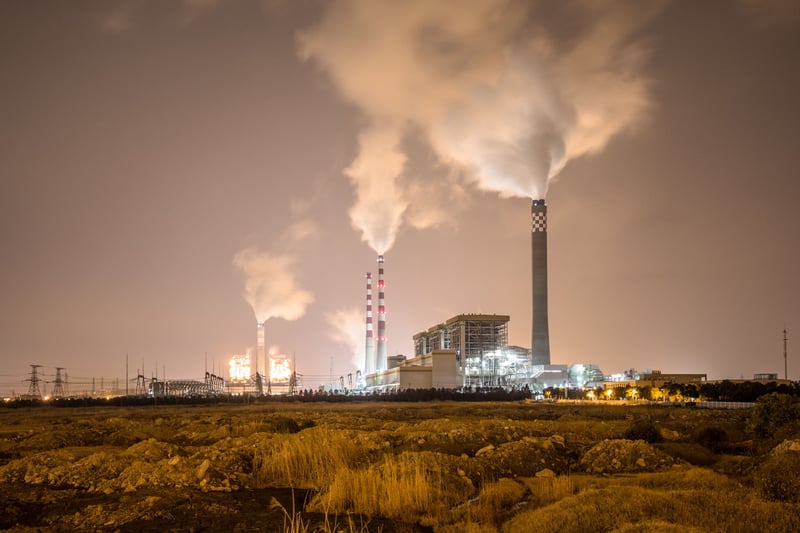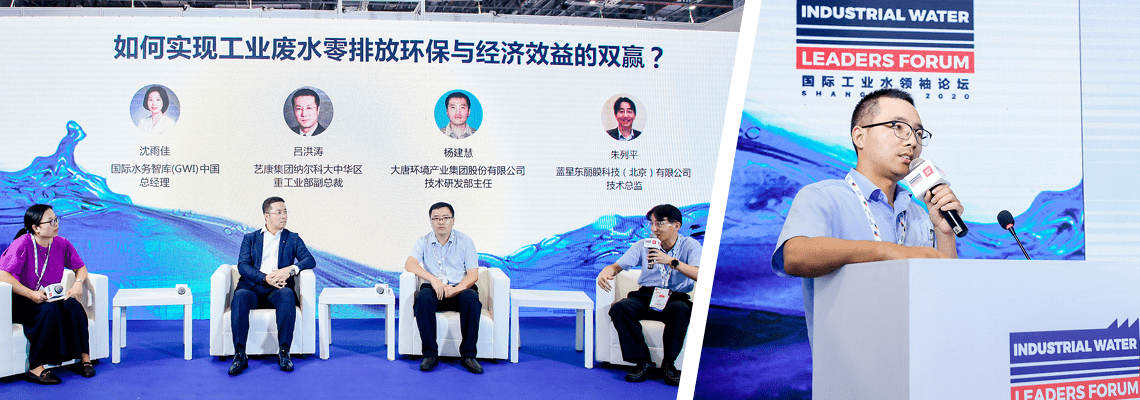“Zero Liquid Discharge” progress highlighted at IWLF China
Zero Liquid Discharge has enormous potential for industrial wastewater. The developments were discussed at the recent IWLF China event in Shanghai.
Hot spot of investment
Two of the “hottest” technologies recently flagged at the Industrial Water Leaders Forum (IWLF) China seminar included zero liquid discharge (ZLD) solutions and digitalisation.
Guests joined a wide selection of speakers at the Shanghai National Convention and Exhibition Centerto hear about developments in industrial water treatment.
Speakers included the Ecolab Group, Global Water Intelligence (GWI), DuPont Water Treatment, Sinopec Shanghai Petrochemica, the Jiangsu Shagang Group and others.
Kong Tingyun, senior VP and general manager of Industrial Group Greater China, Ecolab Group, kickstarted the event.
She highlighted water’s important role, not only for operations but also ensuring safe production in the steel, petrochemical and electric power industries.
Tingyun highlighted digital solutions as a way to improve operations.
“Digital empowerment can form a digital interconnection of equipment and chemical solutions in all aspects of water treatment to optimise technical processes,” she said.
“It can improve the automation, visualization and efficient management of operations, and further promote the improvement of water efficiency and the reuse of sewage and wastewater.”
"The current hot spot of investment includes Circular Economy solutions and wastwater concentration technology."
Yujia Shen, Asia Research Editor from GWI said the current “hot spot of investment” included the development of the “Circular Economy” solutions, as well as wastewater concentration technology.
Sharing what she called the “two hottest technologies”, she noted zero-emission desalination, and the development of digitalisation.
While the wastewater concentration field is worth an estimated US$257 million, the “high cost of devices pushes the market to constantly look for new alternatives”.
Zero-emissions, at a cost
Focusing on the wastewater concentration market, there are currently four major types of technologies: evaporators, crystallizers, small and medium-sized evaporators with a water volume of less than 100 cubic meters, and unconventional zero-emission technologies.
Shen added that while this year’s market has “seen a very large decline” due to the impact of the Covid-19 pandemic, GWI is expecting to see a steady increase and bounce back.
Guo Haining from Jiangsu Shagang Group added that his organisation “still has to aim for zero emissions”, through which a “new era” of greener wastewater treatment “is inevitable”.
While policies play a large role guiding ZLD, there are still no strict policies or standards regulating wastewater from the coal chemical industrial or coal desulphurisation that aim to achieve zero emissions, according to a report by the CEWP.
During a panel discussion, the question was asked about the high cost to potentially achieve ZLD.
Lu Hongtao, VP of Nalco Greater China Heavy and Mining, said: “Companies have achieved very high water reuse through zero-emission projects. Current leading companies can achieve more than 90 per cent water reuse efficiency, but there is still room for improvement to achieve zero emissions in our strict sense.”
The VP added: “The engineering units, equipment suppliers, and chemical solution providers participating in the zero-emission project work together to help companies shorten the zero-emission process, improve efficiency, and reduce cost.”
A multi-stakeholder approach
With the power industry in China developing the first zero-emission technology, it raised the question of whether it would encourage a further tightening of policies and standards.

Zhu Lieping technical director of Bluestar Toray Film Technology (Beijing), commented: “Zero emission began in the 1970s in the United States, and then gradually extended to the present. At that time, the technology was relatively simple. The salt was fixed by steam and drying.
“But now there are so many industries, China is already the world’s largest industrial base, so a large amount of wastewater will inevitably have an impact on the environment. In order to reduce this, the wastewater must be treated and the solids separated.”
Lieping commented that a multi-stakeholder approach is needed to fully utilise wastewater. He noted a case study in the printing and dyeing industry, which produces a lot of wastewater but has the potential to recycle water and salts.
Nalco’s Hongtao added that while industrial operations have improved, there still remains a deeper requirement of experience when it comes to the company’s own zero discharge of water.
This includes water-related costs, and the improvement of production efficiency and the reduction of production costs that can be pursued by the water on the process side, the customer's own capabilities should be said to have been unable to meet.
He added that there remains a big potential to contract out this part of the water operations.
Related content
Loading component...
We promise never to send you spam and you can unsubscribe at any time!
